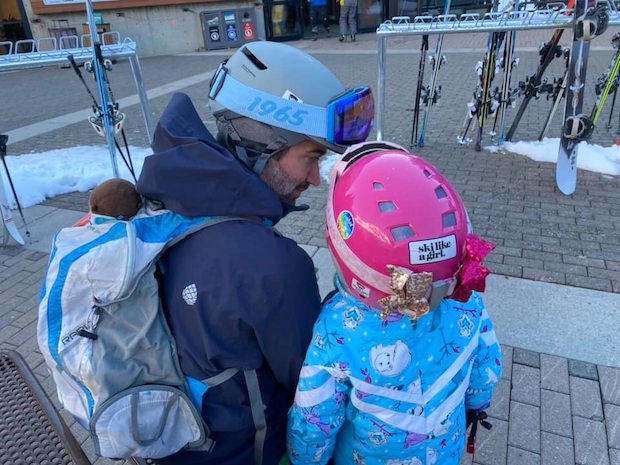
We’re approaching the tail end of the dreaded Sixty Days of Darkness here at Slowtwitch’s Tundra Division. It’s that time of year when the sun doesn’t really begin to emerge from its overnight slumber until 7 AM, and returns to bed before 5 PM. Calling days short does it a disservice. And it’s worse when, like today, it is gray, damp, and cold — a combination that is distinctly northern New England.
And despite that, well, you’ve read the title. We’ll get there.
As I enter my 19th year in endurance sports (editor’s note: Jesus, it’s been that long?), an awful lot has changed. Indoor training has gotten better than ever. We’ve traded CompuTrainers for KICKRs and smart bikes. The old 3D software has given way to Zwift, Rouvy, Fulgaz, and more. And now there’s swim googles with heads-up displays instead of relying solely on the pace clock and a sharpie on your hand to keep track of your set. All of that technology has meant that it’s easier than ever to extend your triathlon training season deep through the winter months.
The question I keep finding I’m asking myself: is that actually a good thing for longevity in the sport?

Pardon the rambling, but I promise there’s a point here. As has been previously mentioned, Slowtwitch’s Tundra Division continues to attempt to be turned into a full-blown farm. At least, if my wife and daughter have anything to say about it. We currently keep ten chickens, three rabbits, two cats, a full-time dog, and a part-time dog. Our chickens are here to lay eggs — a COVID-induced purchase turned lifestyle.

And we have two options with our birds. We can choose to let them lay based on the season, which means we get roughly an egg a day per bird all spring and summer but then slow down significantly over the winter. Or we can choose to get more consistent production from them by using a heat lamp over the winter, but it greatly diminishes the longevity of the birds producing.
Yes, my fellow athletes — we’re the chickens in this analogy. And, in my opinion, staying locked into only traditional swim-bike-run triathlon all the time is the heat lamp.
We’ve seen glimpses of this over the past few years. First has been the idea of event diversification — whether SwimRun, gravel cycling or triathlon, trail running — it’s something to add a little variety to your racing calendar. Heck, we’re seeing this at the professional level as well, from Ben Hoffman’s recent interview with us to Angela Naeth diving further into off-road cycling. I’ve written about racing cyclocross through the fall and its benefits.

But I think that it’s time for us to expand our horizons a bit further and to better embrace the seasons, and their weather. I find myself getting a little bit closer to the athlete I was when I first found triathlon in the first place; doing some swim/bike/run work during the week, but also enjoying a lot of skiing on the weekends. I’m skinning uphill on the busiest of days to avoid liftlines, and then ripping downhill on less crowded days.
It’s not the most specific training in the world, but I find multiple benefits. The most important one is that I’m having fun. And if you’re enjoying something, you’re far more likely to keep doing it. Second, it’s the best way I can think of getting some high quality Vitamin D absorption from sunlight — something that, for me due to other medical conditions, is not easily replicated through supplementation. And third is probably most controversial, but I think there’s some mental skill translation that comes out. If you can manage some high velocity GS turns on a black or double-black run, it makes any road descent when you come back to triathlon seem like the bunny slope.

I’m not saying to cancel your gym membership or pause your Zwift subscription. But I am saying to introduce some more fun to your off-season. Save the seriousness and specificity when we’re getting closer to race time.
I’ll see you outside.



